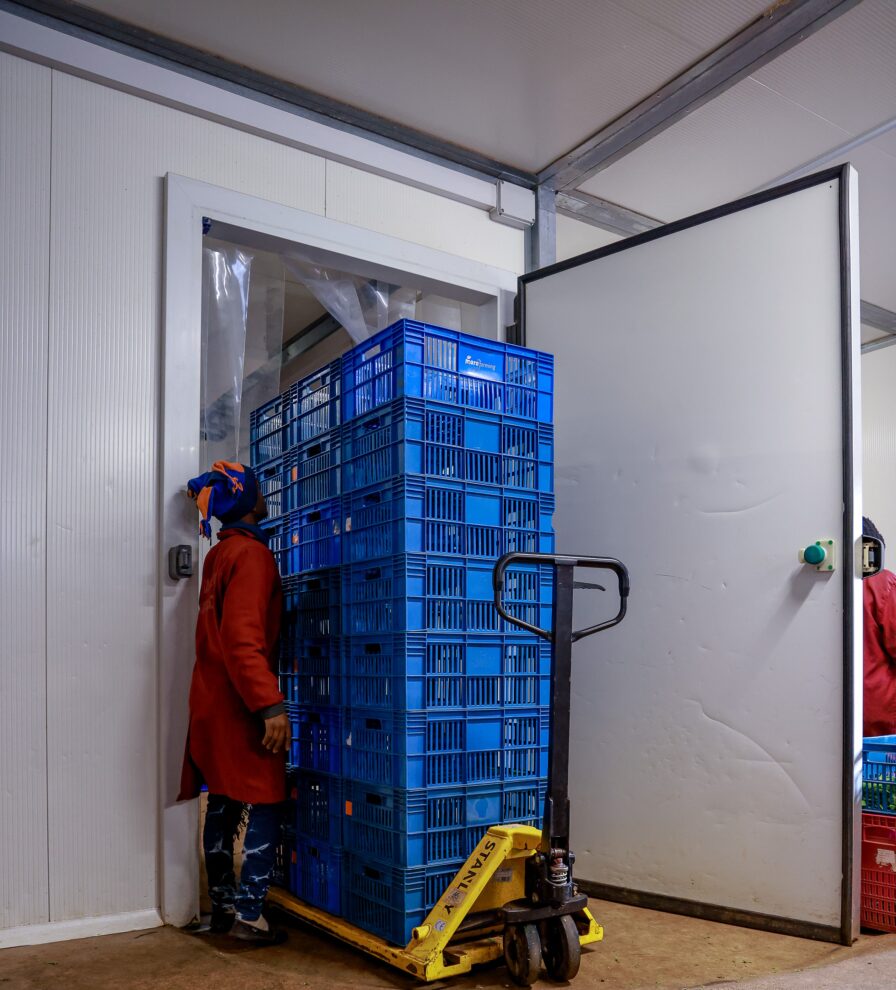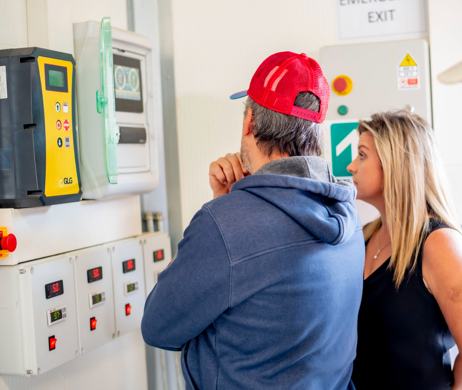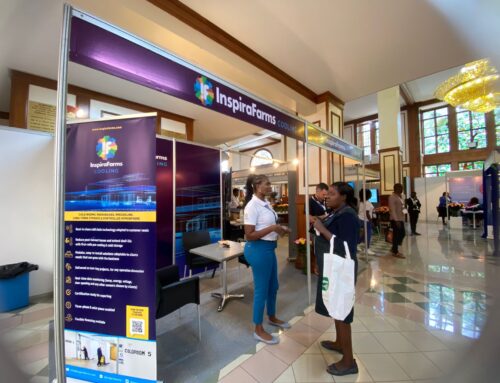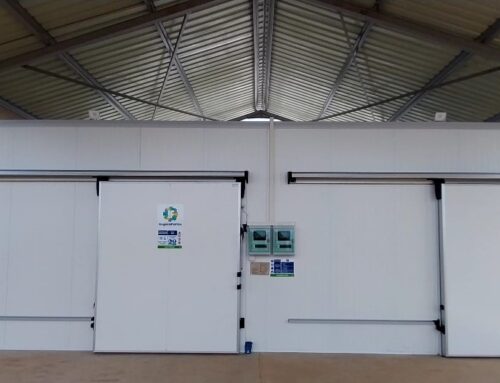5 tips to optimise the performance of your cold room.
The cold chain is a critical investment for agribusinesses in many sectors, including fruits, vegetables, flowers, herbs, tubers and animal proteins. For such fresh produce, postharvest cooling is an indispensable step to meet the minimum export standards in the high-value export market. With the increasing demand across Europe, it is crucial to have the right cooling technology to preserve the produce’s quality and extend its shelf life to the last mile. To achieve this, exporters ought to ensure longer shelf-life and lower shrinkage while reducing operational costs and optimizing post-harvest logistics. One of the ways this can be achieved is by optimising the performance of your cooling machine by adhering to these 5 tips.
1. Have a regular maintenance and inspection schedule.
Regular maintenance is the best way to ensure that your cold storage will be the most efficient way to keep your produce at the correct temperature. On the other hand, if a component of your machine is defective, such as faulty roofing or cracked walls, cold air will escape, causing inefficient and inconsistent cooling.
It is fundamental to have regular inspections and maintenance of any of your cooling machines to manage risks. Damages occur from various factors, including grid tension and power frequency issues, mishandling, inconsistent servicing, unintended damages, and wear and tear, among others. Additionally, it is critical to replace major components based on the advice of your technical team and as part of preventative maintenance. InspiraFarms Cooling recommends that you schedule servicing activities around the seasonality of your top crops before, during, and after your season, to build the confidence of your off takers in the quality of your product.
Are you interested in preventative maintenance, site assessments, repairs and spare parts for your cold room? Reach out to us to ask for a quote or to get additional information here.
2. Control the frequency of door opening
In general, the room where the cold room is in will be at a higher temperature than inside the cold room. Therefore, it is important to avoid unnecessary door openings, since each opening brings ambient air into the cold room, warming up the cold air. Additionally, too frequent opening and closing of the doors could wear out the strips faster and warm up the cold room, causing inconsistent cooling.
Further, the proper sealing of the doors is necessary to avoid wasting energy. Like faulty roofs, and cracked walls, issues with the doors or broken seals can cause refrigerated air to escape, meaning the cooling systems must work harder to keep the temperature down, driving the cost of power higher. For these reasons, in case of any cracks or damage to doors and their seals, it is advisable to replace them as soon as possible.
3. Monitor your cold room
Remotely monitoring your cold room allows you to generate the key data required to optimise your post-harvest operations, monitor cooling performance and track energy consumption, all factors that will enable you to optimise OPEX performance. Further, it can offer quick remote diagnostics for your cold room issues, to increase uptime and optimise the performance of cooling.
At InspiraFarms Cooling we developed InspiraConnect, a set of hardware that consists of IoT-enabled sensors, including intelligent sensors, loggers, and electronics that generate the key data needed to optimise cooling performance and track energy consumption. You can customise the timelines in which you can receive a periodic email, highlighting internal parameters, on a weekly or monthly basis. Additionally, you can set cooling thresholds to receive alarms in case your cold room goes above or below your set point temperature.
A push notification, by email or SMS, is sent when the temperature no longer meets the requirements, guaranteeing a chance to quick response rectify the temperature settings. Furthermore, when you add sensors and monitor your readings on humidity, CO2, and energy consumption and track how many times the doors open, you can efficiently use such data to optimise the efficient operation of your cold room.
Read more on retrofitting your cold room with remote monitoring and get a quote here.
4. Improve produce management in your cold room
To achieve the best cooling effect, the storage space of goods should not exceed 60% of the cold room. Therefore, it is important to not overload the cold room as this tends to reduce cold storage efficiency. Furthermore, while organising crates in the cold room, there must be enough space around the products for proper air circulation. This way, you will have optimised airflow, with space between crates to keep produce at the ideal temperature and reduce the risk of warm spots. Lastly, avoid blocking fan outlets or evaporator returns with stacks of crates, as this reduces your cold room’s efficiency.

Finally, it is important to manage cold storage inventory carefully by using a vertical racking system to reduce the need to stack and reshuffle pallets. To ensure this, load and unload the produce in a systemically organized manner, such as FIFO (First in First Out). This is a principle where earlier acquired produce is sold first before that which is newly acquired in the production cycle. Through this system, produce is organised in batches in dispatch cod rooms, and stored in separated rows with the first fruit intended to be dispatched in placed the front row, closer to the door, and the new product arranged at the back in a continuous production process.
5. Keep your condenser unit clean
Over time, debris and dust can accumulate in the fan and condenser of your cooling equipment, hindering optimum performance. To be effective, the condenser unit and evaporator coil needs to be free from dust and residue to allow maximum airflow. The condenser is responsible for removing heat from your cold room, through the evaporator coil which uses the refrigerant to absorb the heat from the air and exhausts the heated air to the outside through the condenser unit to ensure maximum airflow.
For this reason, it is critical to regularly clean these core components to ensure your cold room’s cooling is at its optimum performance.



